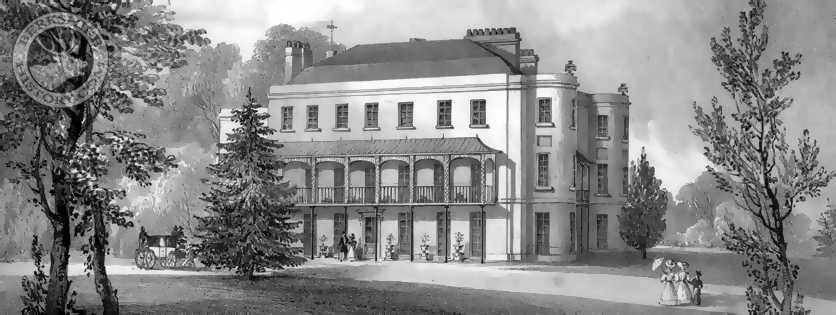 |
 |
|||
|
|
Now Whiteknights Park, the medieval manor of Earley St. Nicholas or Earley Regis, as it was variously called, was held by the De Erlegh (or D'Earley) family for around two hundred years. The most famous of them was Sir John De Erlegh, the great friend of the Earl Marshal. He served with King Richard I in France and brought the news of his death back to England in 1199. Since around 1160, his family had taken their name from their home; and, in the late 13th century, the compliment was returned, when another John De Erlegh the "White Knight", who had served with King Edward I in Scotland, gave his nickname to the manor as Earley Whiteknights. It is worthy of note that, in this man's youth, the manor had been temporarily appropriated by the Chancellor of England, St. Thomas of Hereford, who needed a residence near the Royal Court at Windsor and in London. The De Erleghs sold up in 1365 (though cousins remained in Maiden Earley until 1502). In 1606 the estate was purchased by Sir Francis Englefield, the 1st baronet, as a substitute Berkshire home; the family having had their vast Englefield estates confiscated for recusancy in 1585. The Englefields moved over from Wootton Bassett in Wiltshire and Whiteknights remained their main family residence until they sold it to the Marquis of Blandford in 1798. The Marquis of Blandford (later the 5th Duke of Marlborough), who became resident subsequent to the Englefields, was the estate's most famous owner. Between 1798 and 1819, Whiteknights was the scene of vast extravagance and wild entertainments, all at the Marquis' expense. It became the most celebrated estate in the Country: magnificently furnished, displaying many great masters, with a wonderful wine cellar and an unrivalled library. The splendid gardens, beautifully laid out with the rarest of plants, were its greatest attraction however. It was the envy of kings. The Duke went bankrupt in 1819 and had to retire to Blenheim. The Whiteknights Estate was sold off and the house was demolished in 1840, erroneously said to have been at the hands of a mob of the Duke's angry creditors. The land was broken up into six leasehold units in 1867 and a number of the new houses were designed by Alfred Waterhouse, who lived at Foxhill while his father resided at the new and smaller Whiteknights House. Later united as a public park, Whiteknights has been the home of the University of Reading since 1947. Some of the 19th century leasehold properties remain, among them Park House which stands on the site of the old 18th century mansion. Traces of the Park's past splendour can still be found though: the lake, the grotto, the Wilderness and numerous beautiful trees.
Whiteknights Park is the home of the University of Reading. Though private property, the park is relatively accessible. There is, however, no trace of the original house.
|
|||
| © Nash Ford Publishing 2001. All Rights Reserved. | ||||




